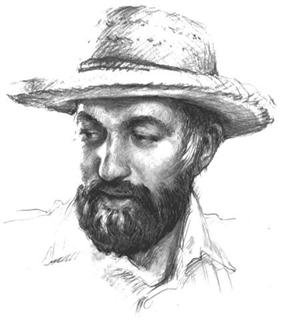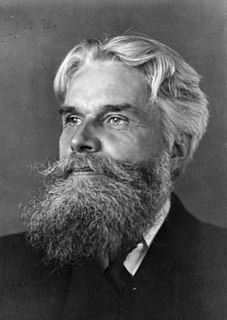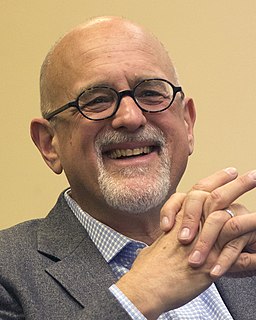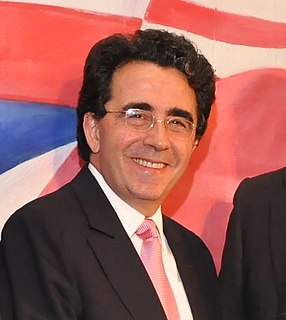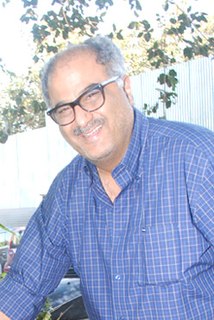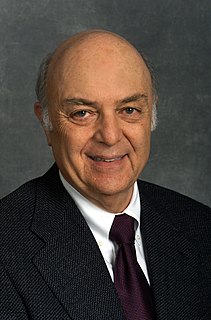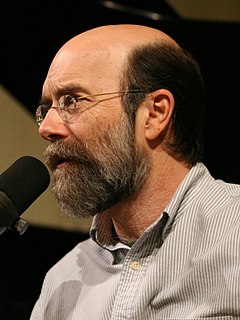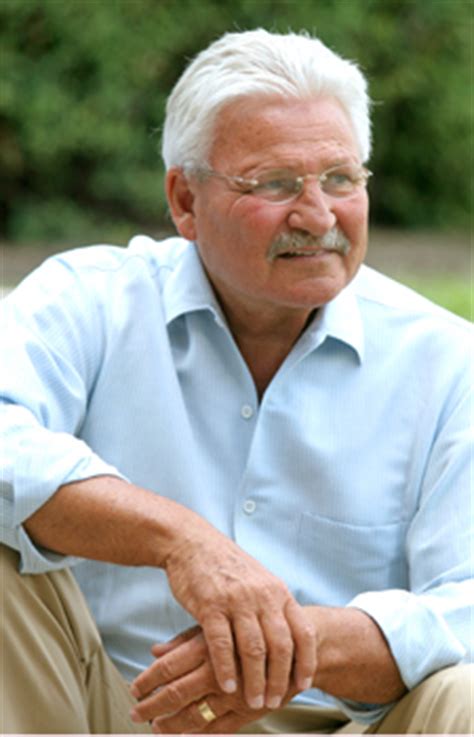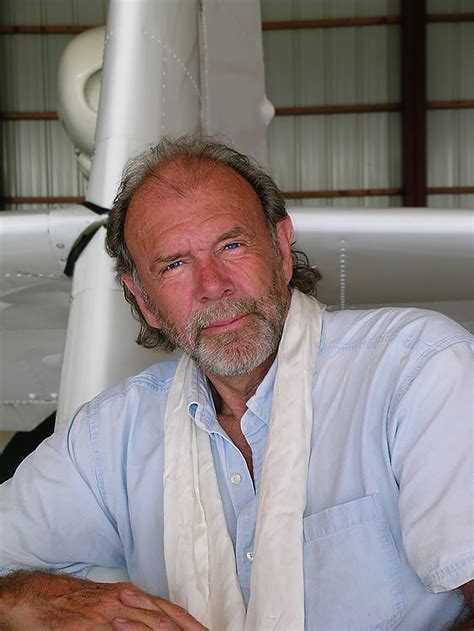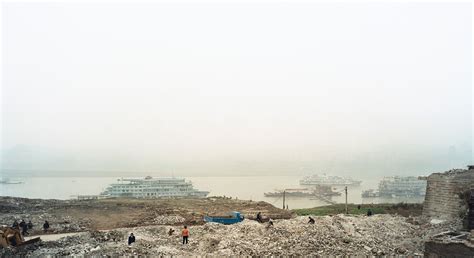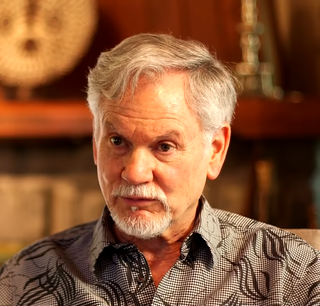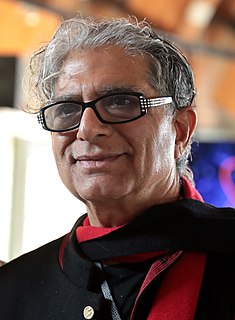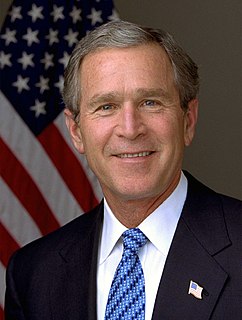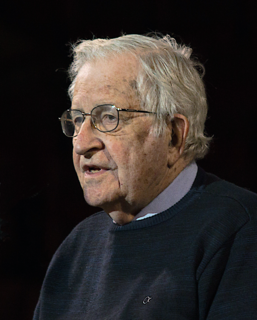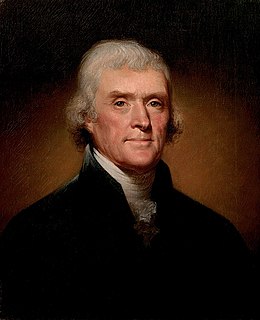A Quote by Edward J. Fraughton
In truth, the best long-term explanations about our ancient counterparts can be found in the paintings, sculpture, crafts, tools of utility, language and architecture left behind. These are the building blocks of civilization we call culture. These are what we call 'the arts.
Related Quotes
Dancing and building are the two primary and essential arts. The art of dancing stands at the source of all the arts that expressthemselves first in the human person. The art of building, or architecture, is the beginning of all the arts that lie outside the person; and in the end they unite. Music, acting, poetry proceed in the one mighty stream; sculpture, painting, all the arts of design, in the other. There is no primary art outside these two arts, for their origin is far earlier than man himself; and dancing came first.
The museum is full of interesting things. All kinds of paintings are there. And then paintings too thick to put in a frame, that they call sculpture. And then there are spectators. with their scorecards, rooting for culture. And spectators of the spectators, looking for love's introduction. And art students taking notes. And old women trying to remember the past. And old men with too much to forget. And tourists, thinking that a museum represents a city. And loafers so poor, they study their soberness here.
Ancient worship . . . does truth. All one has to do is to study the ancient liturgies to see that liturgies clearly do truth by their order and in their substance. This is why so many young people today are now adding ancient elements to their worship. . . . This recovery of ancient practices is not the mere restoration of ritual but a deep, profound, and passionate engagement with truth—truth that forms and shapes the spiritual life into a Christlikeness that issues forth in the call to a godly and holy life and into a deep commitment to justice and to the needs of the poor.
We are each given a block of marble when we begin a lifetime, and the tools to shape it into sculpture. We can drag it behind us untouched, we can pound it to gravel, we can shape it into glory. Examples from every other life are left for us to see, lifeworks finished and unfinished, guiding and warning. Near the end our sculpture is nearly finished, and we can smooth and polish what we started years before. We can make our progress then, but to do it we must see past the appearances of age.
Every time I would arrive in China I would go through a few days of depression from being reminded of both short-term and long-term ruin; the ruining of the city that is happening in the short-term, and the ruining of culture and history that has happened over decades. When you see a building that says so much about the culture that built it being destroyed, there are a lot of emotions. You feel a lot of anger when you see a building being destroyed and realize that it's just a small part of what's going on in the entire country.
